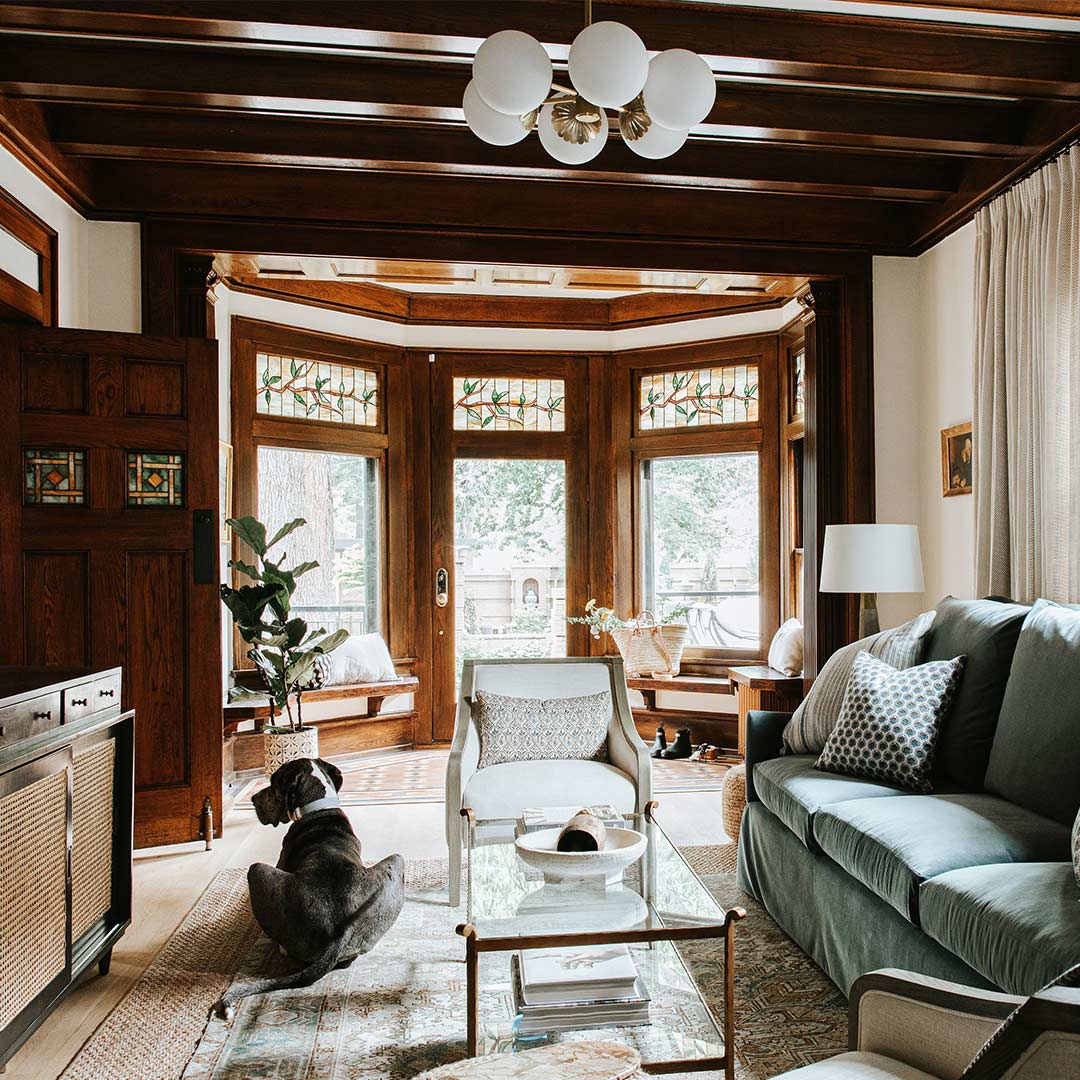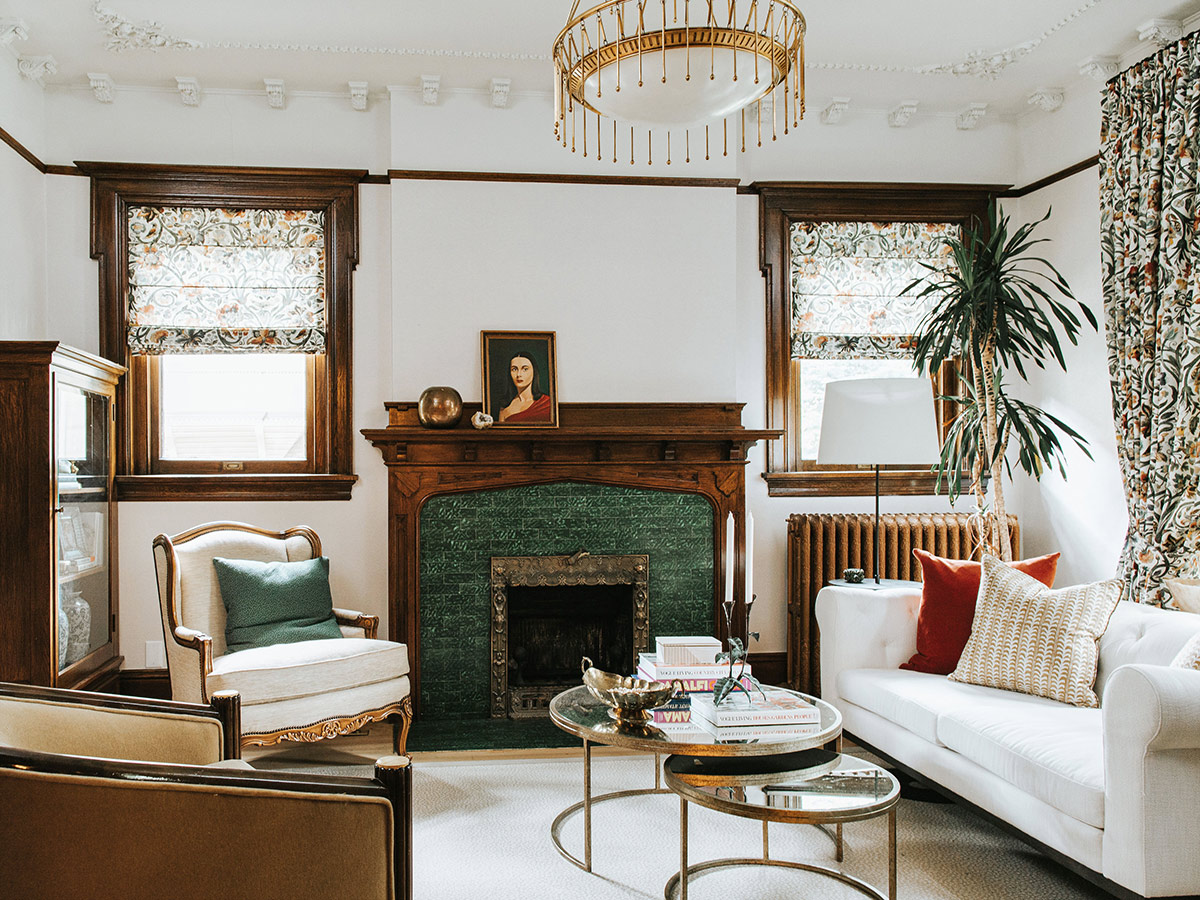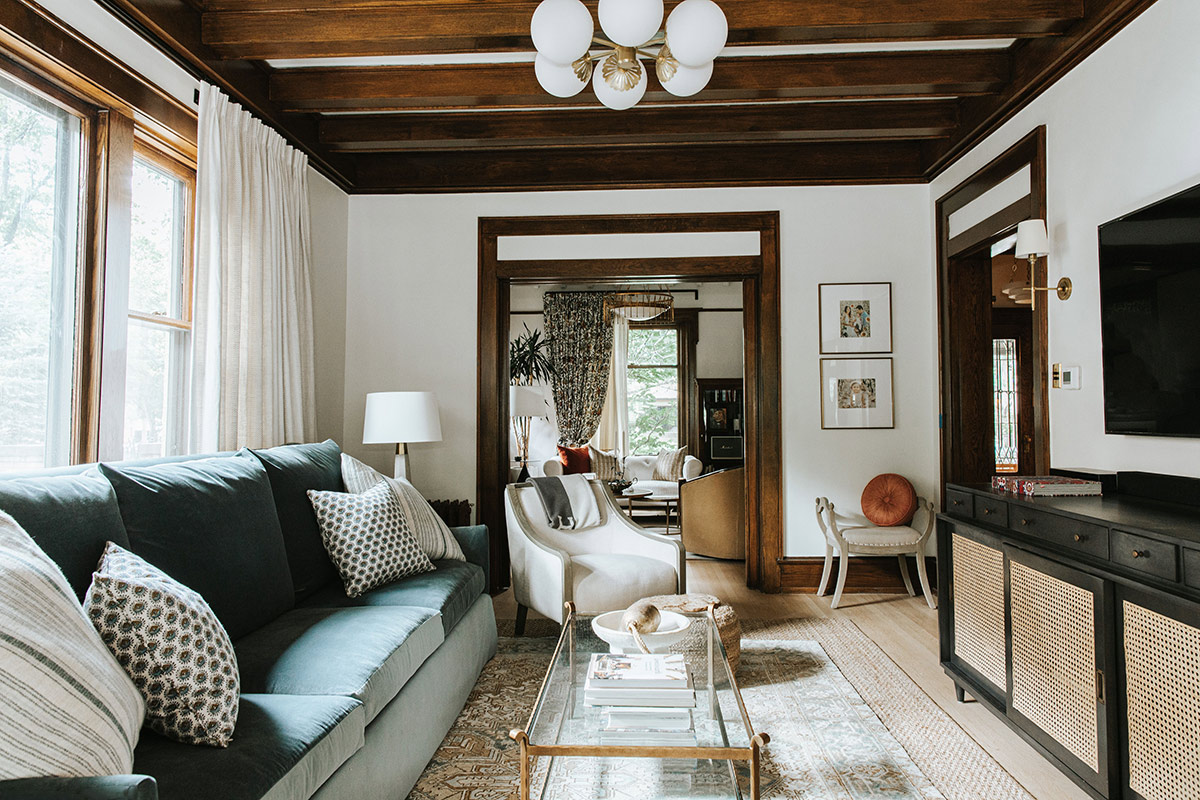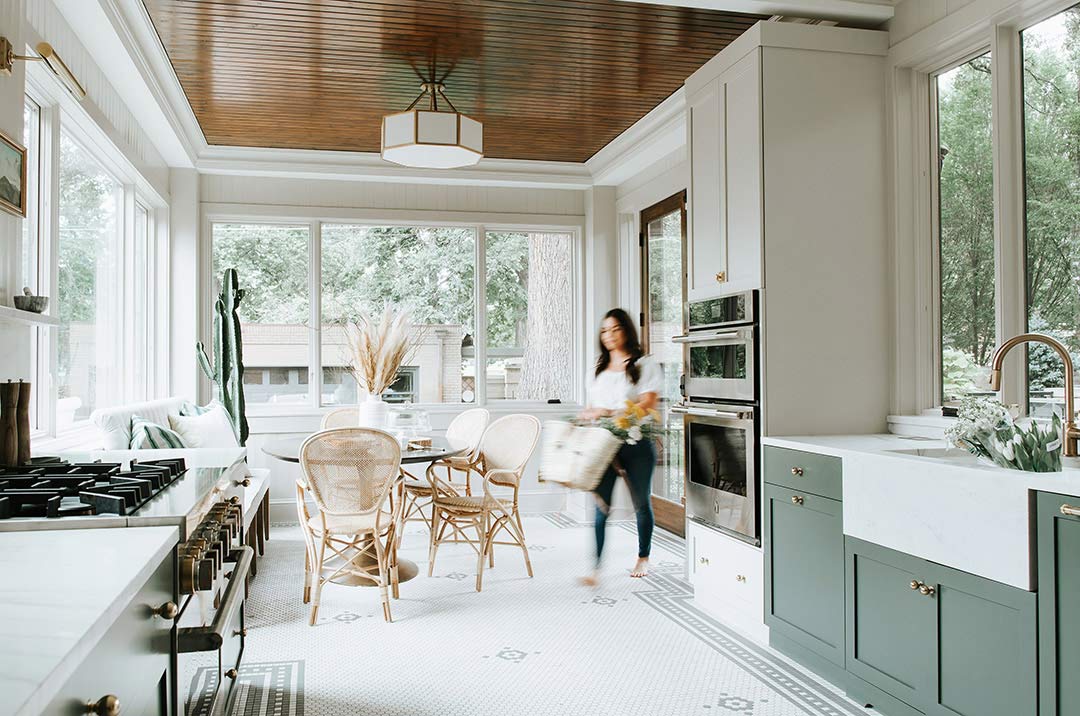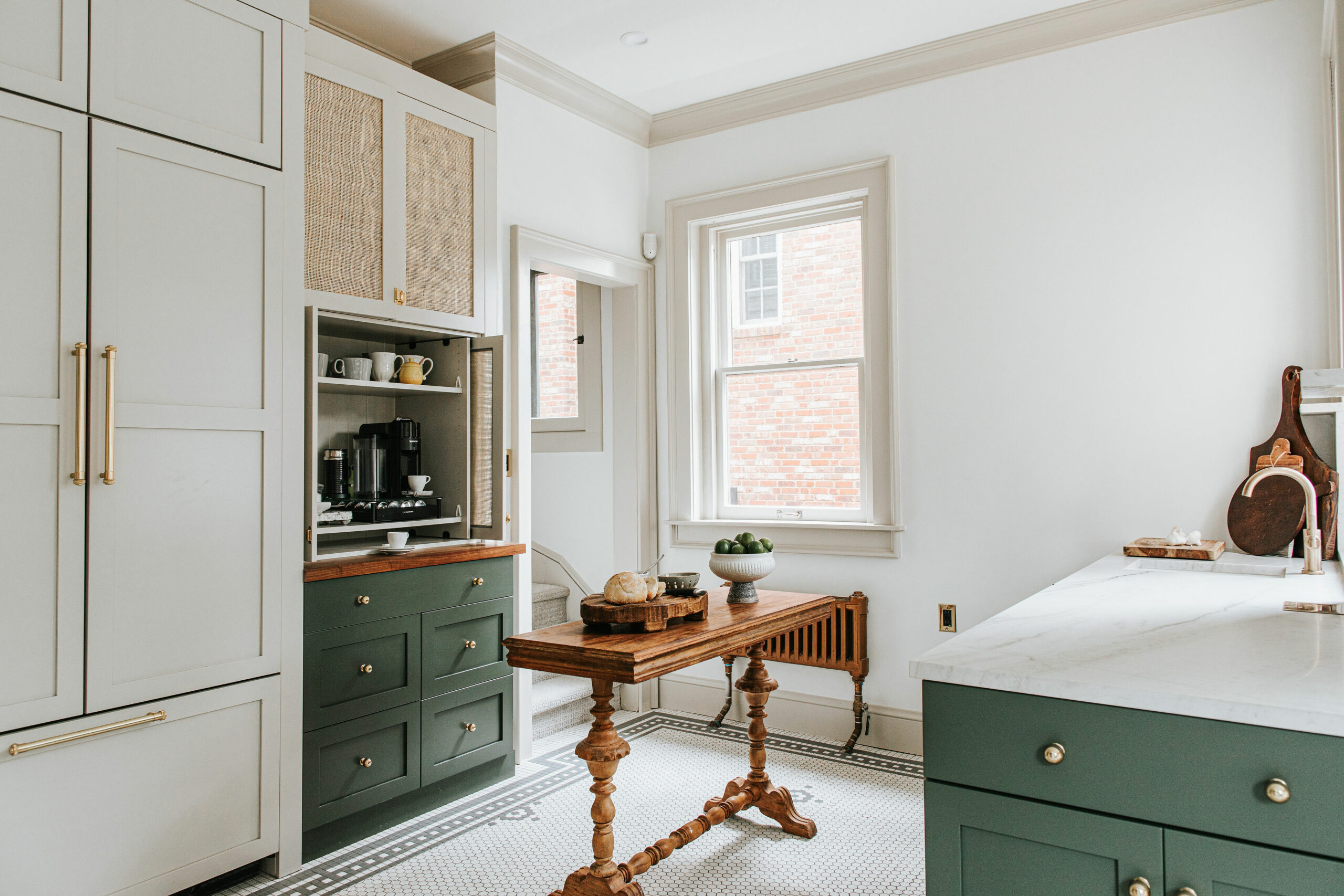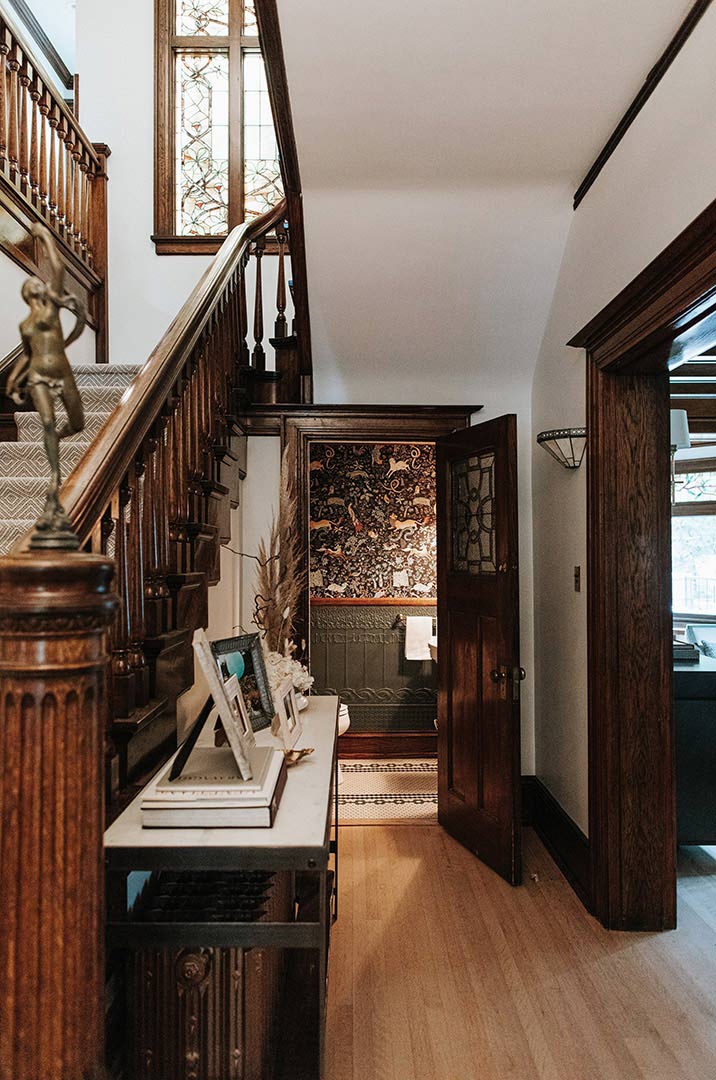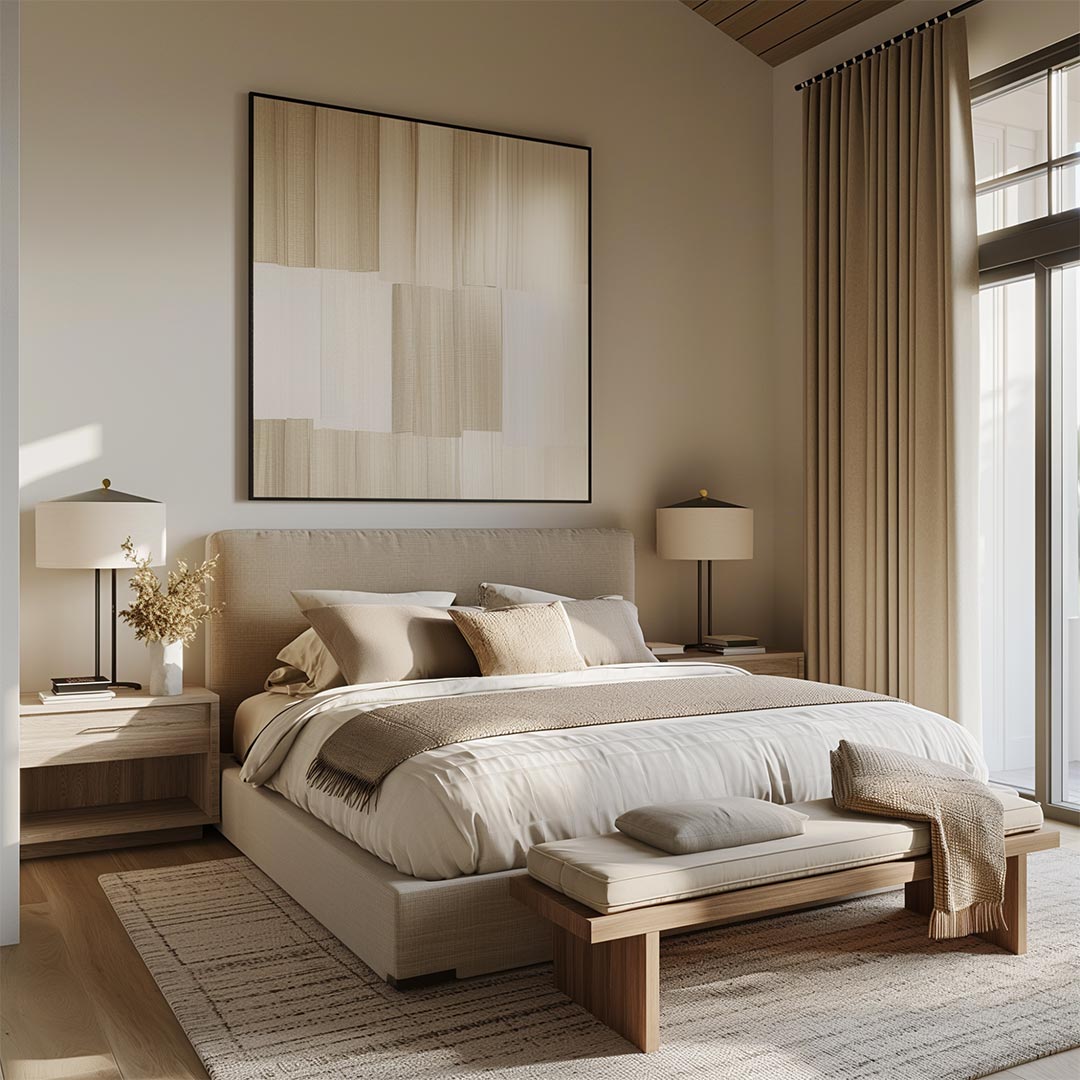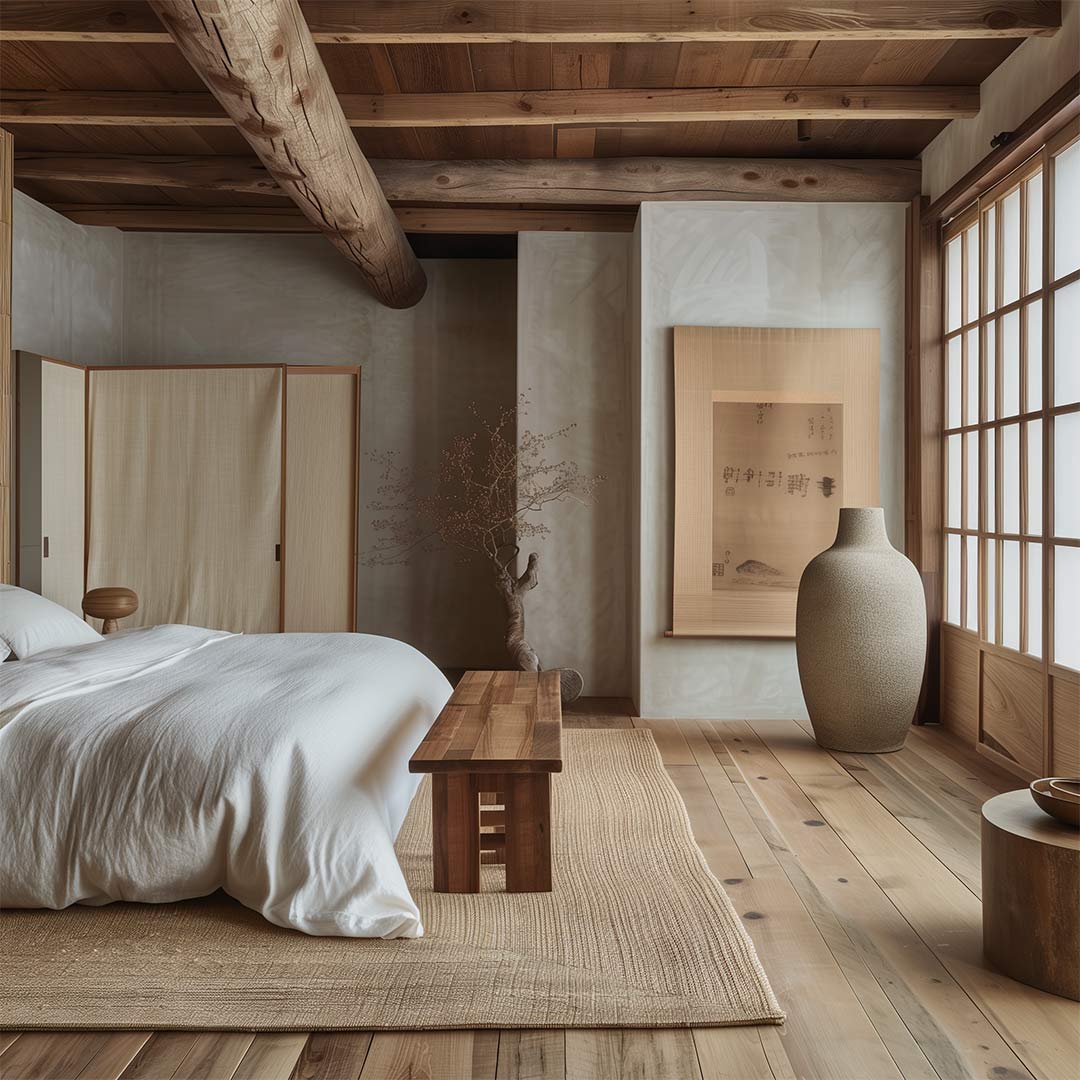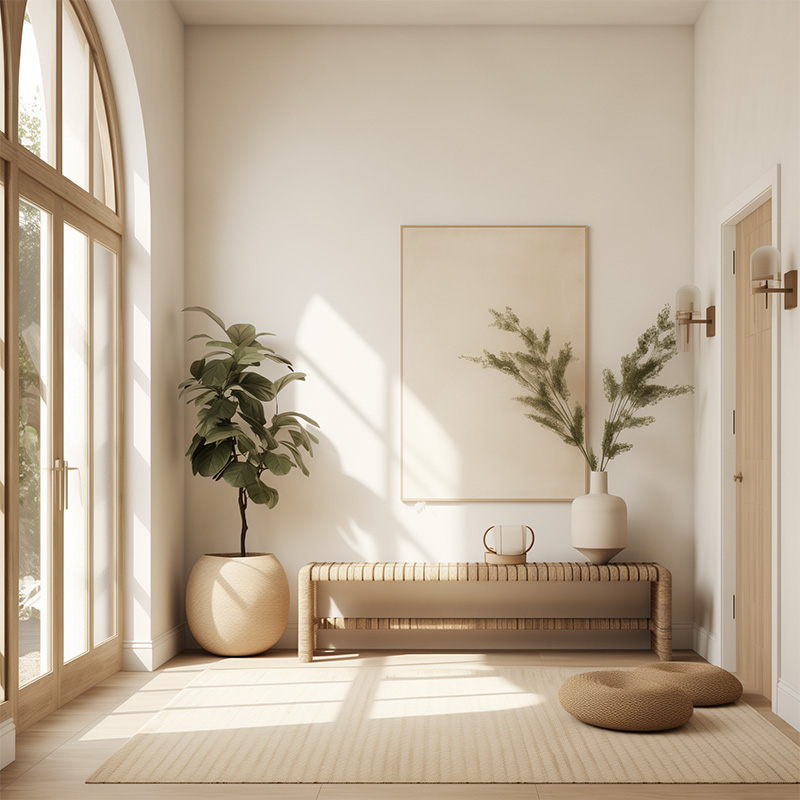Not all home renovations are created equal and at J.Reiko Design + Co, we like to approach a historic home renovation with the utmost care and consideration. We always strive to create spaces that foster well-being, joy, and conscious living from the outside in and historic homes are no different (they may just have a few more hurdles to overcome along the way)
If you are contemplating purchasing a historic home to remodel or are currently living in one that you want to make more functional for your family, we have a few tips you should consider prior to tackling a project of this nature.
Look backward before you work forward.
It’s important to do your due diligence prior to starting any historical home renovation. As much as you want to just jump right in and get started it’s important to do your research on your historic home to ensure you maintain the integrity of the home. In order to make the right choices you will want to look at things like the era of your home before trying to move forward with space planning and making any finish selections.
Sometimes this is easier said than done depending on the age of your home, but try and seek out indicators in things like the exterior architecture, window style, column types, interior trim and door styles, and even floor plan layouts can be good indicators to point you in the right direction.
It is important to us here at J. Reiko to really respect as much of the history of the home as possible by being extremely intentional about the choices being made.
Take cues from any of the existing architecture/design
Expanding further on point 1 above, you will want the direction of the design to be led by the existing architecture + design of the home. For example, are there certain elements that are original to the home that exemplifies its character and charm? Things like existing fireplace mantels, mouldings, trim work, and flooring. Take these cues and design your new palette around that.
When working on a historical remodel we are always finding the best ways to work with the home instead of fighting against it, respect and honor the existing architecture and you will be so proud of the end result.
In our Humboldt Street project, the clients originally preferred blue tones, but the home already had original stained glass and ceramic tile on a fireplace that was all green, so we ended up leaning into a green palette to work in harmony with the home. We also took note of the existing historic mosaic tile in the entryway and re-created a similar pattern for the kitchen and now most people think that the kitchen mosaic flooring was original to the home – Win!
Don’t try to force an open floor plan
One of the most common requests we receive when working with clients on their historic home renovation is to create a more open floor plan, and of course, this makes sense with the way everyone tends to live these days. However, this was not how homes were designed way back when, they liked their separate and defined spaces and we are seeing this come back into play more and more with current design trends.
You can open some spaces or alter the plan slightly to function better for the modern day, but trying to create a fully open floor plan will never feel historic and is never something we want to force – keep in mind point 2 of working with the home instead of fighting against it.
Use living finishes or source items at a local architectural salvage
When tackling a historic home renovation, it would unrealistic to think that you can work with everything that’s currently in the home. You will need to make new selections for certain finishes and pieces required to bring it all together. To really recreate and stay true to the historic charm you will want to make sure you are using living + natural finishes (ex. unlacquered brass, marble) and sourcing items from architectural salvage sources and incorporating vintage pieces throughout.
These items show human patina aka. they feel “old” and this characteristic is what gives a space the lived-in, well-loved charm we all love so much.
Preservation is key!
We are big advocates for sustainable and holistic design and the beauty of a historic home renovation is that you don’t need to go into it feeling like everything needs to feel new, or that you need to rip everything out and start over. Quite the contrary!
More often than not, the bones are good in older homes, so make sure to preserve what you can. Look at getting things repaired before you look to replace them entirely or remove them completely. See what can be reused or repurposed somewhere else in the home.
There is something so special about working on and restoring older homes. There is a fine balance between marrying the old and the new. If you are looking for support as you embark on your own historic home renovation make sure to reach out to us so we can guide you through the entire process.
